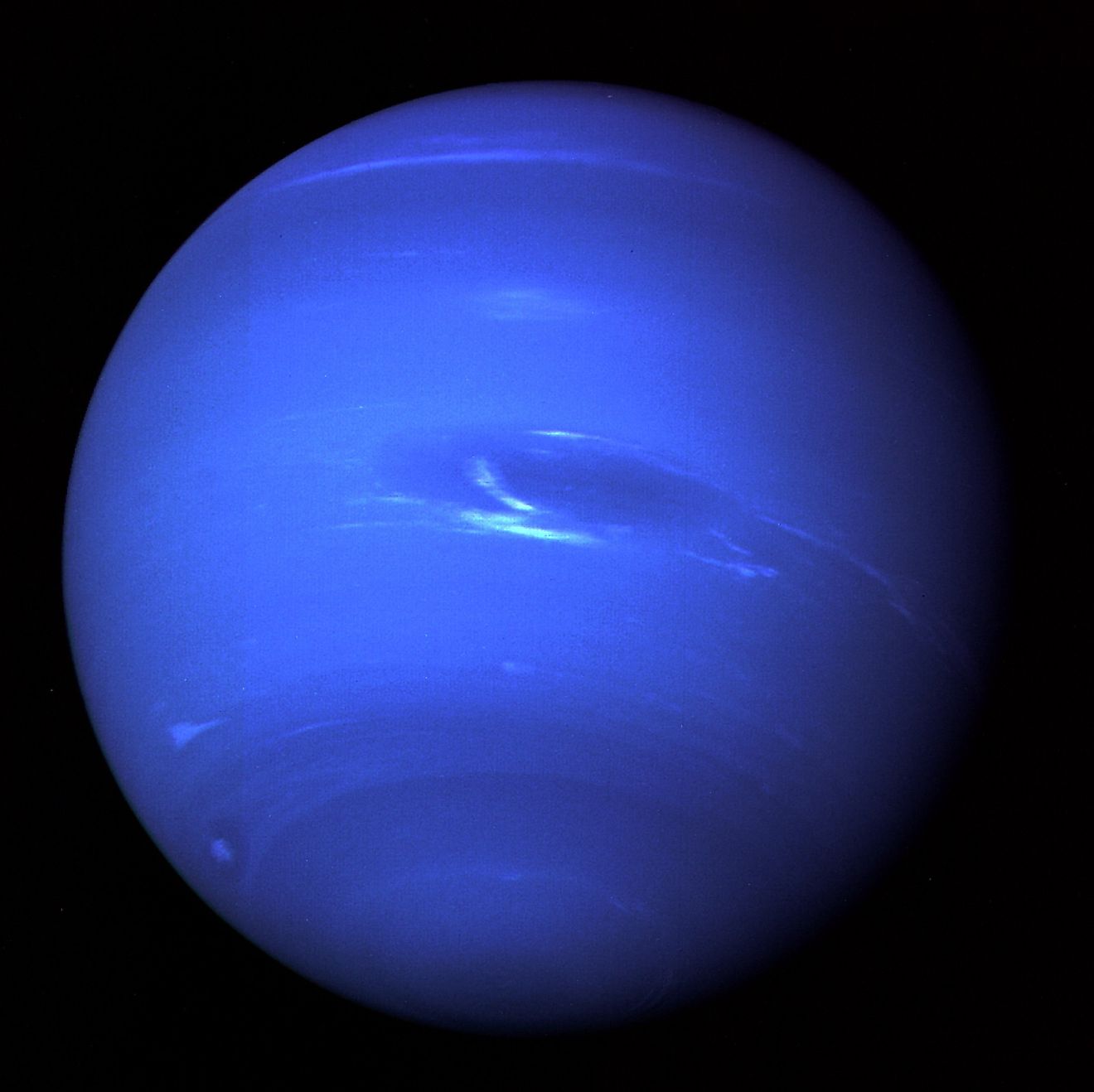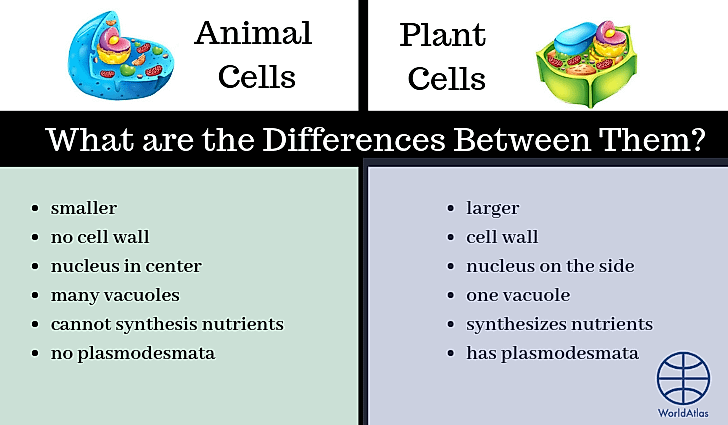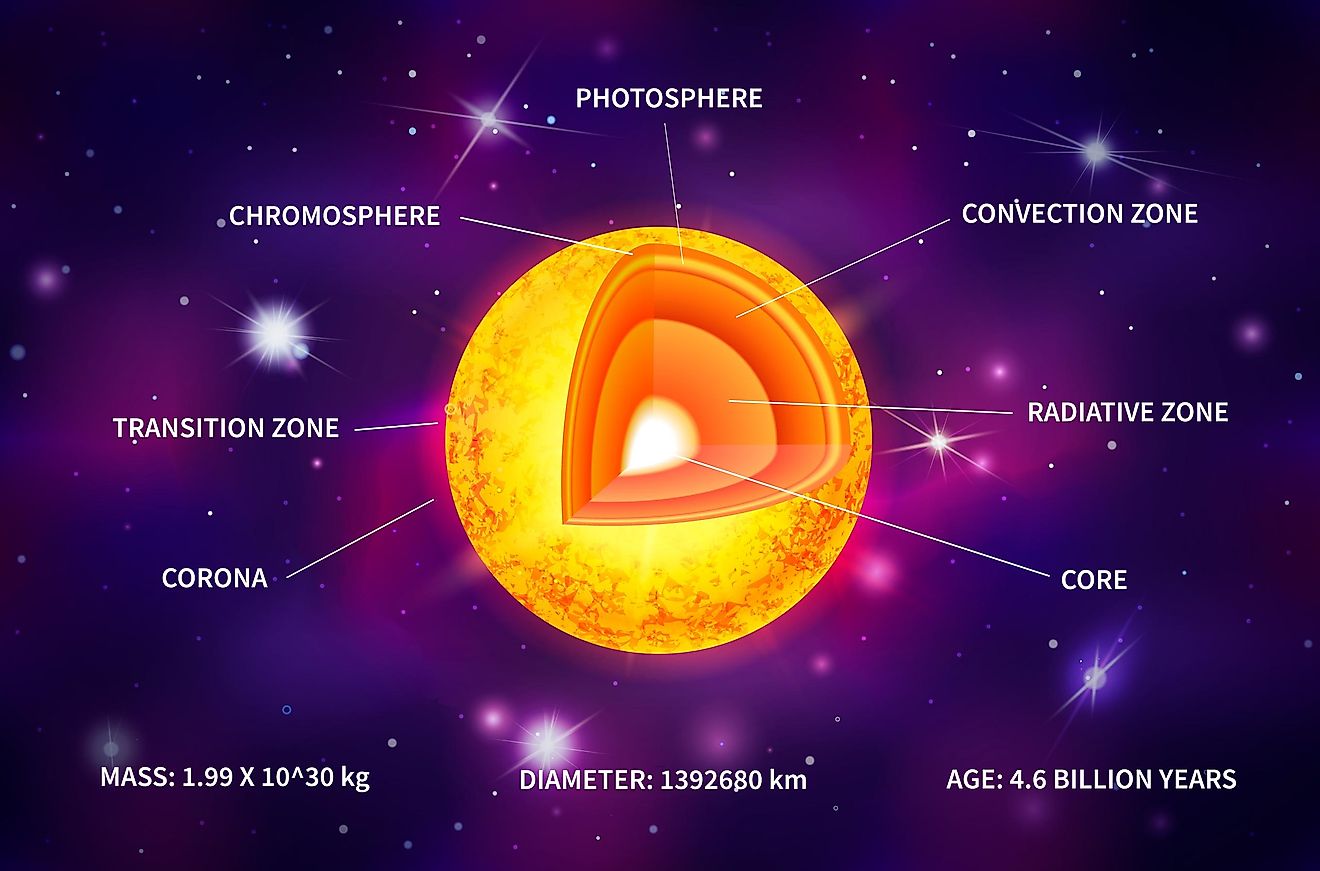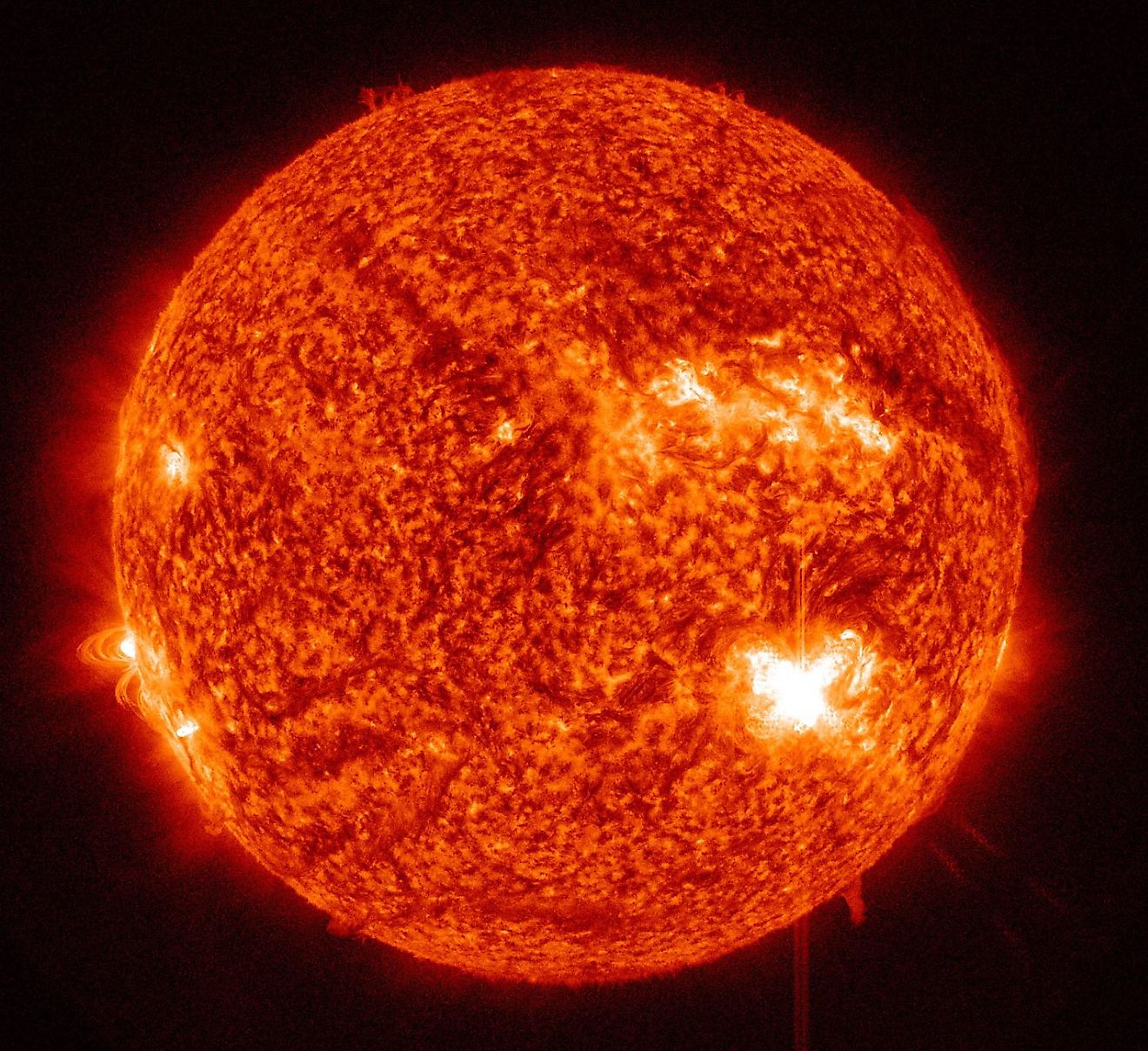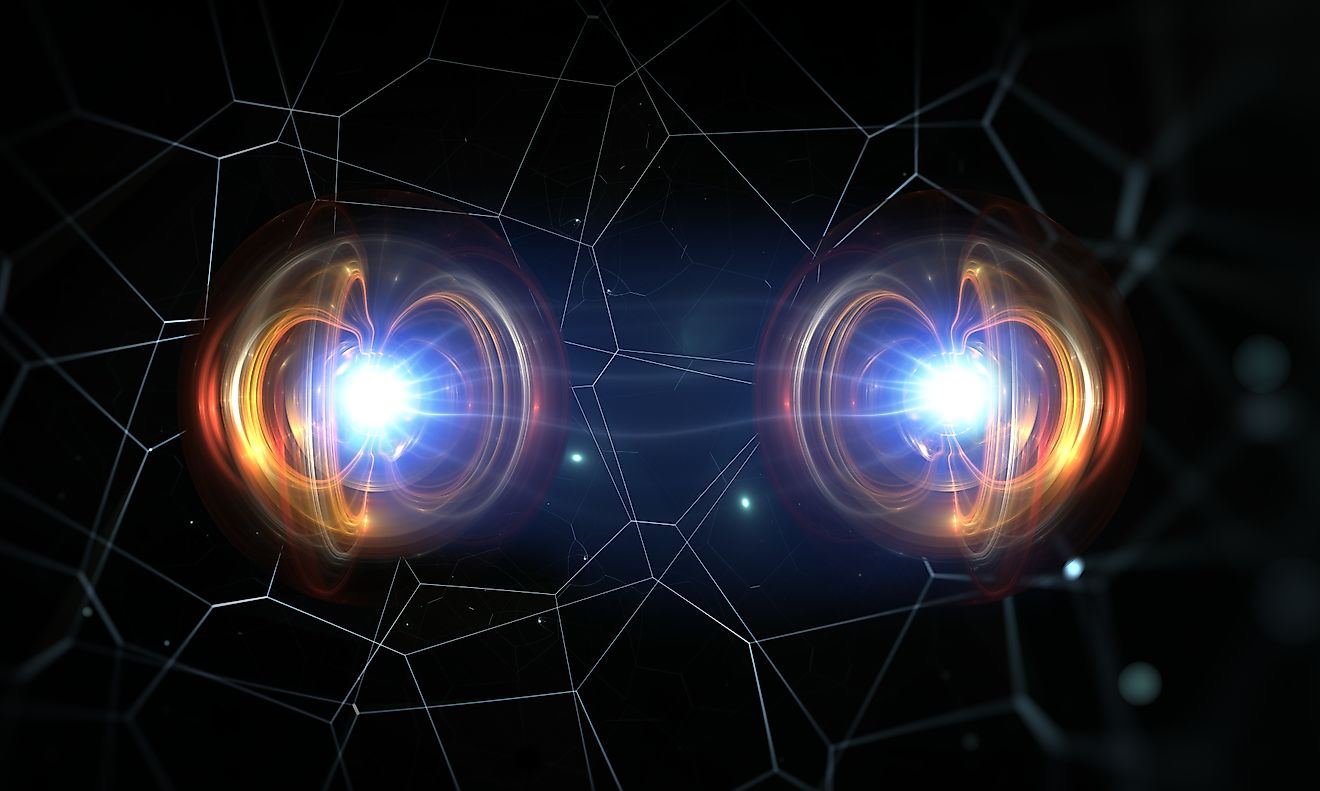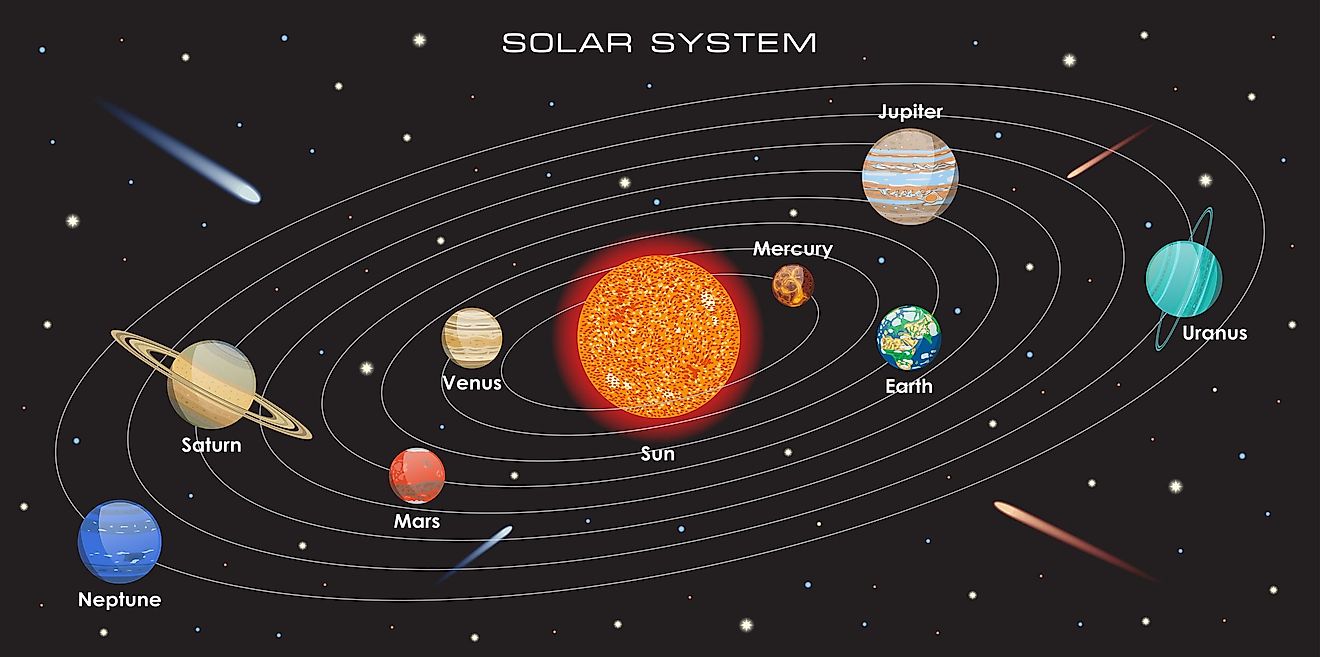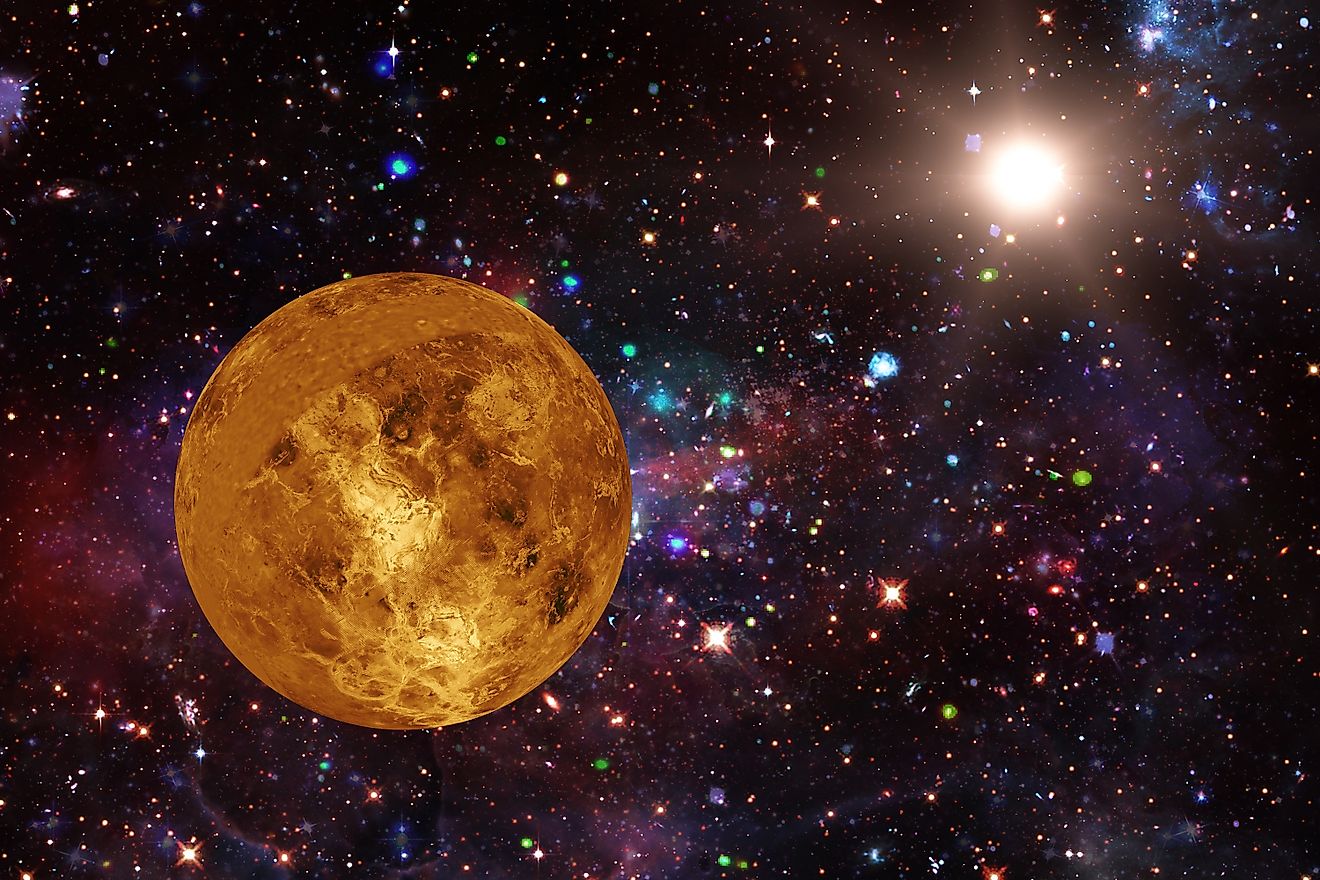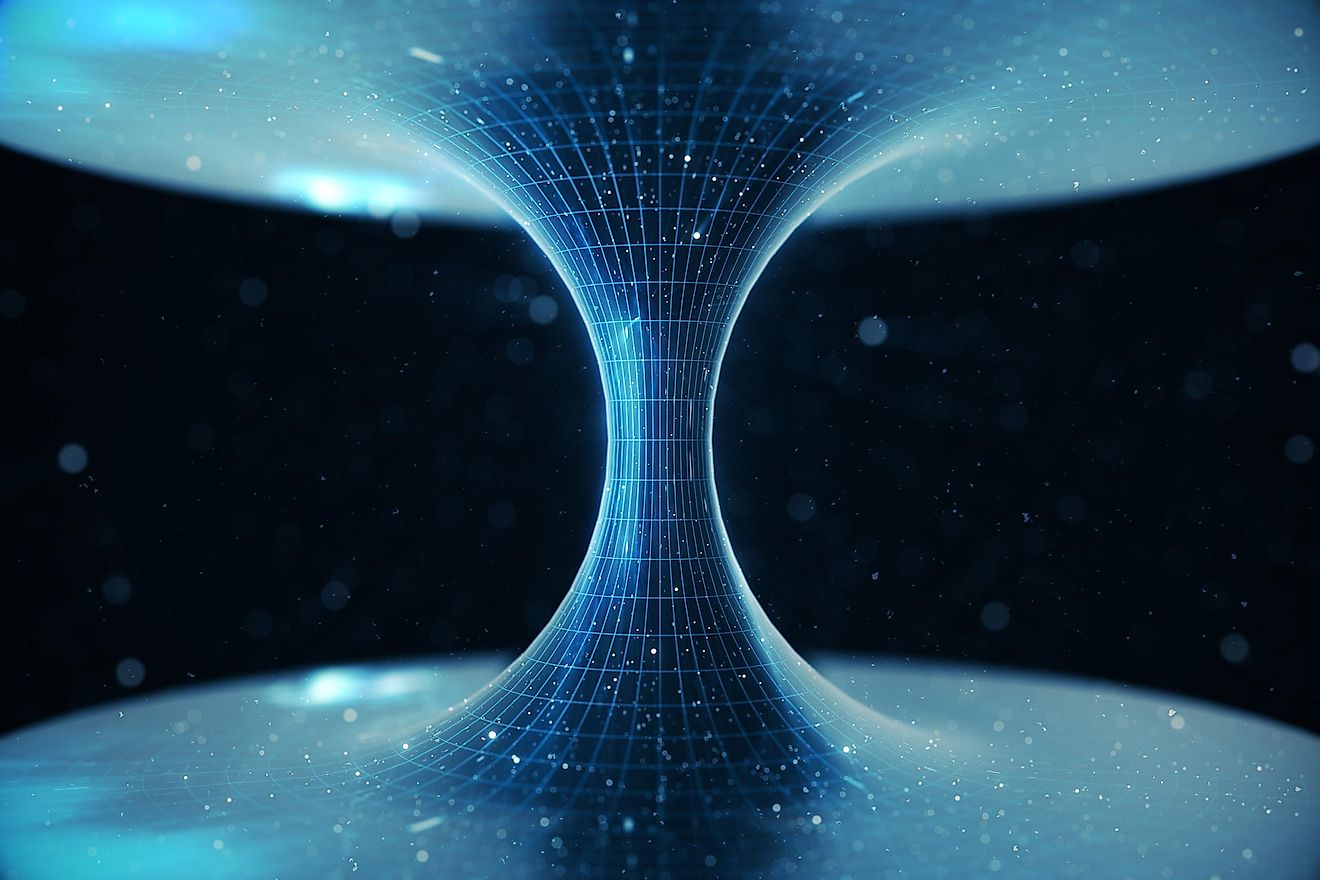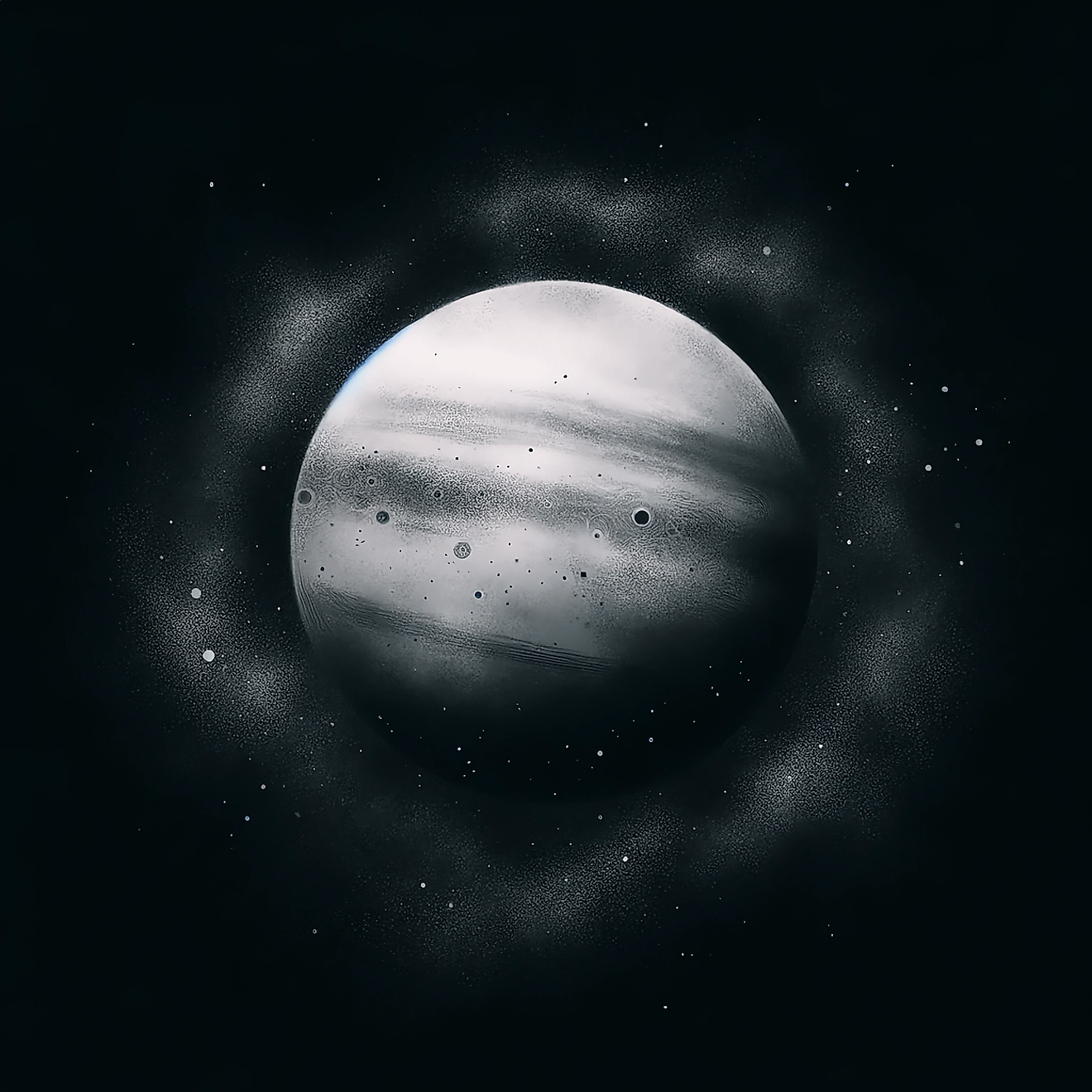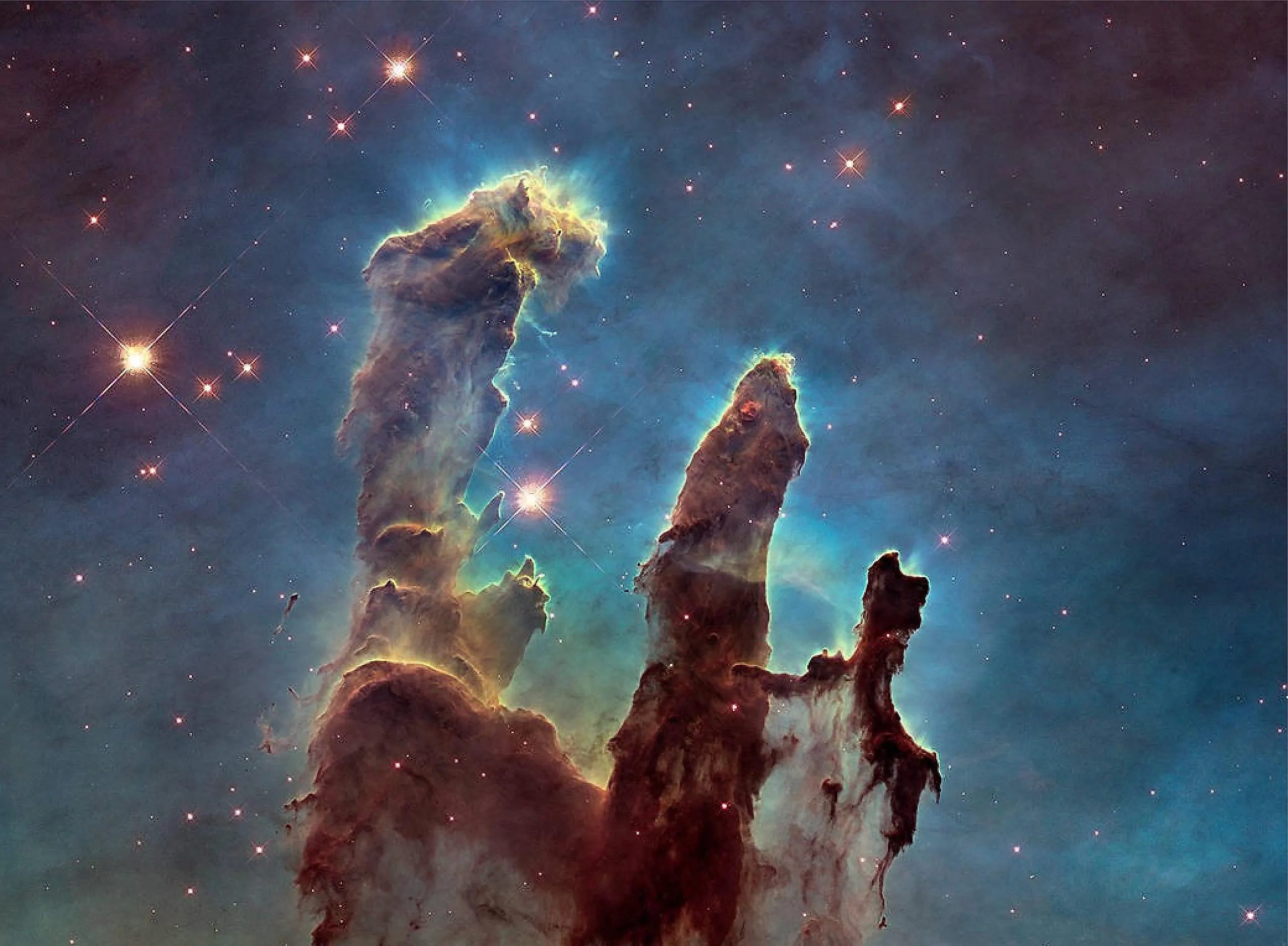
The Pillars Of Creation
The Pillars of Creation rank among the most recognized features in our galaxy. They became a favorite subject for the Hubble Space Telescope, with the first images captured soon after its launch in the 1990s. The Pillars are a small part of the larger Eagle Nebula, a star-forming area located about 7,000 light years from Earth in the constellation Serpens. Their name, the Pillars of Creation, comes from the ongoing star formation occurring within these structures.
Characteristics Of The Pillars Of Creation
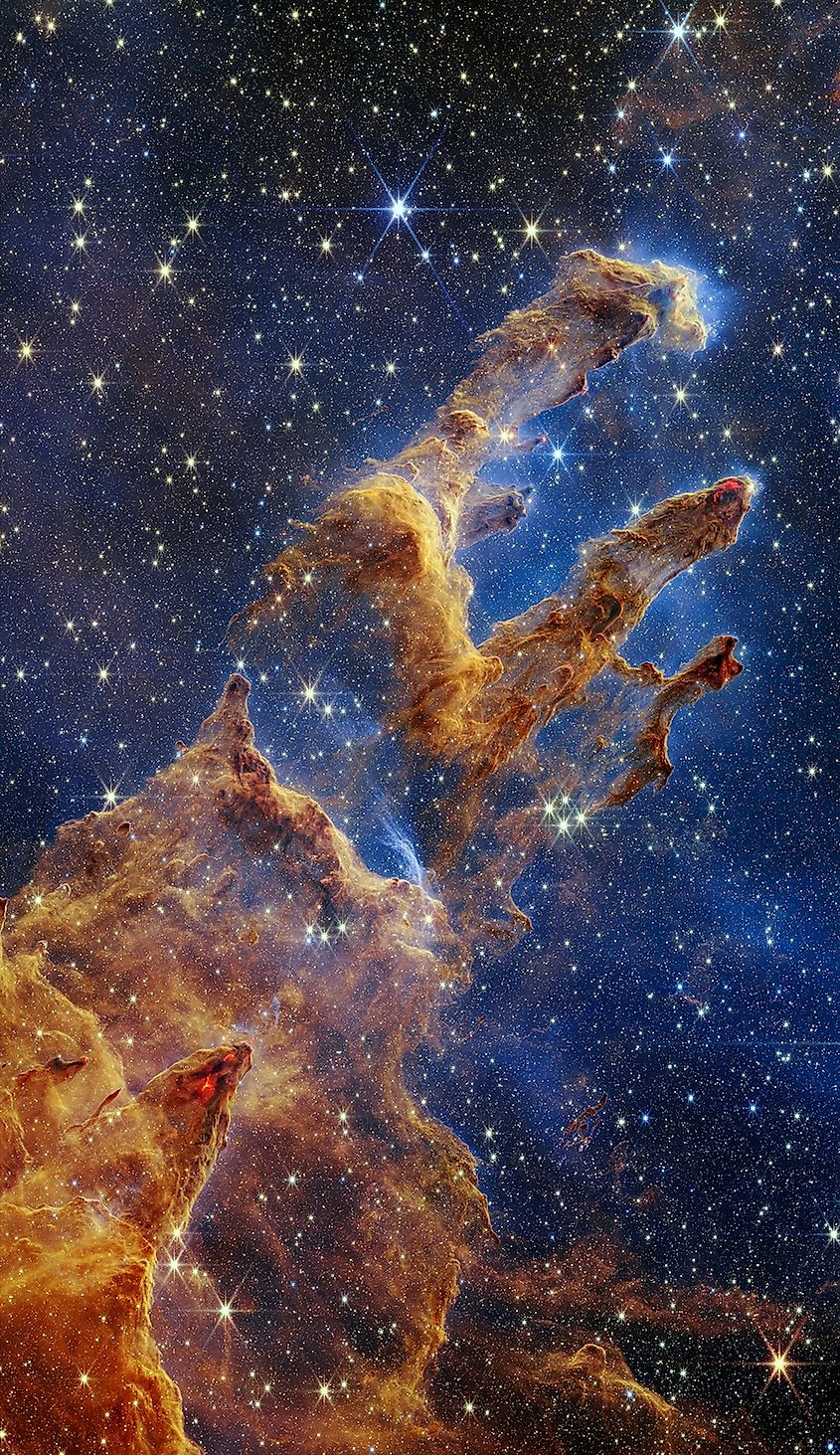
The Pillars of Creation primarily consist of molecular hydrogen, which is essential for star formation. Notably, these Pillars are undergoing erosion due to the stars that are forming within them. They house numerous young, massive stars that emit significant amounts of ultraviolet radiation. This evaporation process caused by the emitted light is termed photoevaporation.
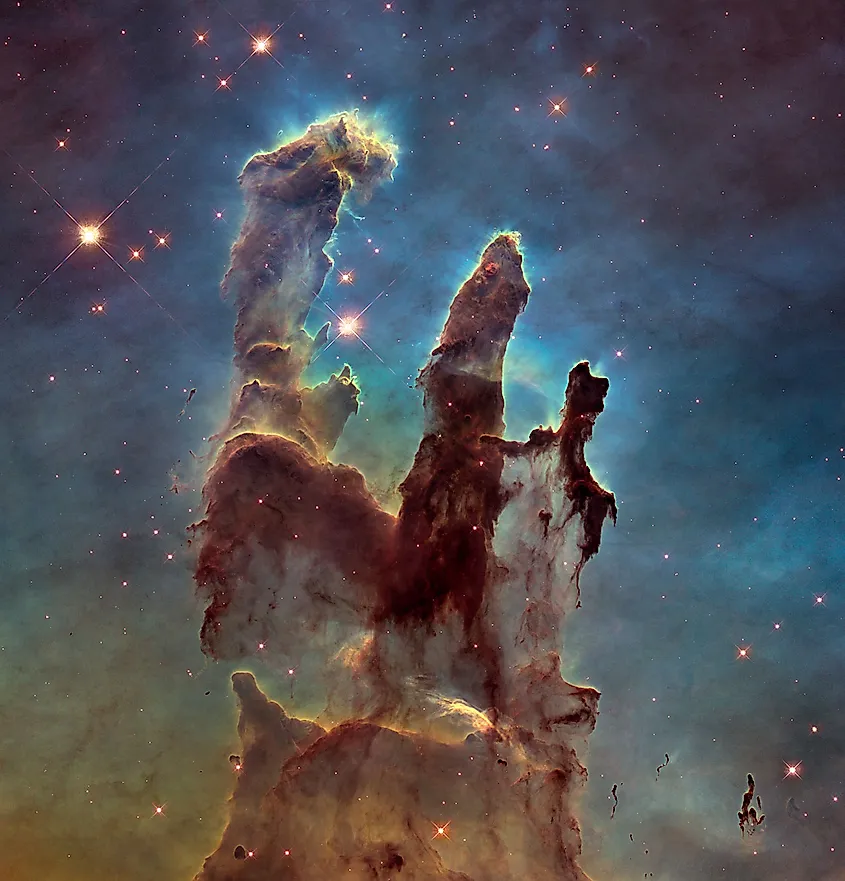
Observing the images of the Pillars makes it challenging to grasp their true size. The leftmost pillar is estimated to extend four light years in length. If we were to position our sun at the base of this pillar, its reach would nearly extend to the closest star to our solar system, Proxima Centauri.
Do The Pillars Still Exist?
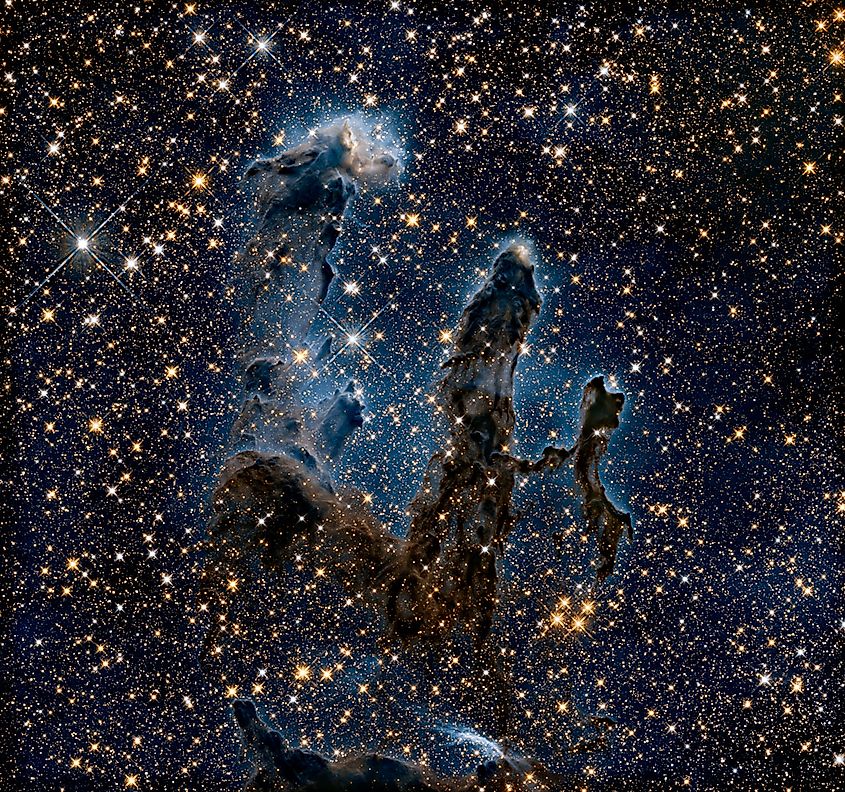
Because the Pillars of Creation are 7,000 light years away, we observe them as they were 7,000 years in the past. Light travels at the highest speed known in the universe, yet it is finite, requiring time to travel from one point to another. Consequently, some distant celestial objects that we can see may no longer exist. This could apply to the Pillars of Creation. Observations from the Spitzer Space Telescope have captured a shockwave from a nearby supernova that seems to be approaching the Pillars. Astronomers, by analyzing the speed of this shockwave, estimate that it might have caused the destruction of the Pillars of Creation around 6,000 years ago, meaning that this destruction will be evident in roughly 1,000 years.
